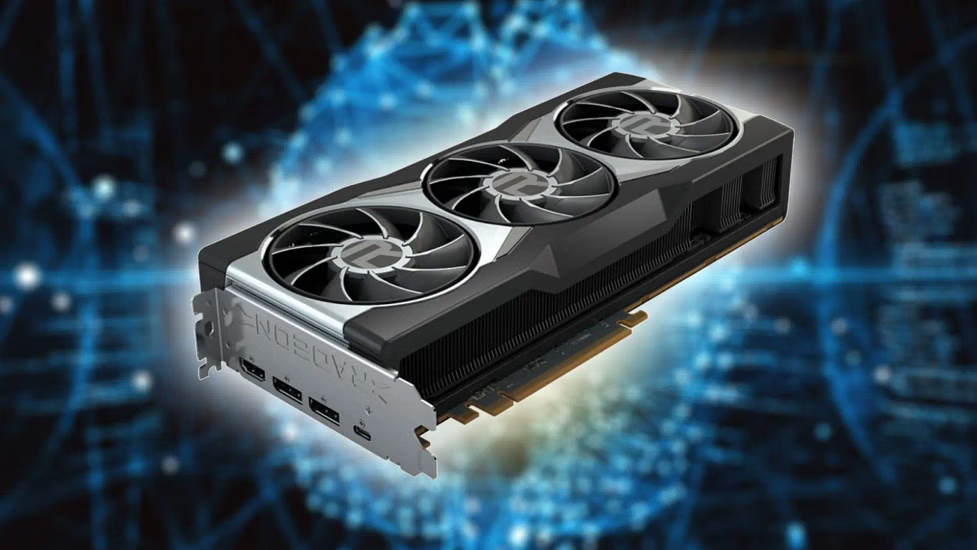In a recent earnings call, AMD provided an exciting update for gamers and tech enthusiasts alike: the company’s next-generation RDNA 4 graphics processing units (GPUs) are on track for release in early 2025. This announcement comes at a time when AMD is navigating a challenging gaming revenue landscape, but it seems the company is determined to push forward with innovative hardware.
Details from the Earnings Call
During the Q3 2024 earnings call, AMD CEO Lisa Su confirmed that the upcoming RDNA 4 GPUs will feature a significant boost in gaming performance, enhanced ray tracing capabilities, and new artificial intelligence (AI) functionalities. Su stated, “We are on track to launch the first RDNA 4 GPUs in early 2025,” marking the first time AMD has publicly shared these plans.
This announcement not only reinforces AMD’s commitment to gaming but also aligns with the growing trend of incorporating AI into graphics processing, a move that could redefine performance standards in the industry.
Anticipation for CES 2025
Rumors have been circulating that AMD may officially unveil the RDNA 4 series at the upcoming Consumer Electronics Show (CES) 2025, scheduled for January. This event is expected to be a platform for AMD to showcase not only the new GPUs but also a range of other products, including its Strix Halo and Fire Range gaming notebooks, as well as the confirmed Ryzen Z2 handheld gaming chips.
These potential announcements at CES could further energize the gaming community and heighten interest in AMD’s evolving product line.
Gaming Revenue Challenges
Despite the excitement surrounding the RDNA 4 launch, AMD’s recent earnings call highlighted ongoing challenges in the gaming segment. Su noted that gaming now accounts for only 2% of AMD’s overall revenue, largely due to the aging of popular consoles like the PlayStation 5 and Xbox Series. This decline reflects broader market trends as the console lifecycle reaches a critical point.
Interestingly, Su also pointed out that AMD’s primary focus has shifted towards becoming a leader in AI technology. With data center revenue now comprising over half of the company’s business, AMD appears to be prioritizing advancements in AI over its traditional flagship GPU offerings, suggesting that consumers shouldn’t expect new RDNA 4 parts to directly compete with Nvidia’s top-tier models.
Conclusion
AMD’s confirmation of the RDNA 4 GPUs is a promising development for fans of the brand and the gaming community at large. With anticipated enhancements in performance and capabilities, these new GPUs could play a pivotal role in shaping the future of gaming graphics. As the tech world eagerly awaits CES 2025, AMD seems poised to make a strong statement about its direction in both gaming and AI. Stay tuned for further updates as we approach the launch date!
